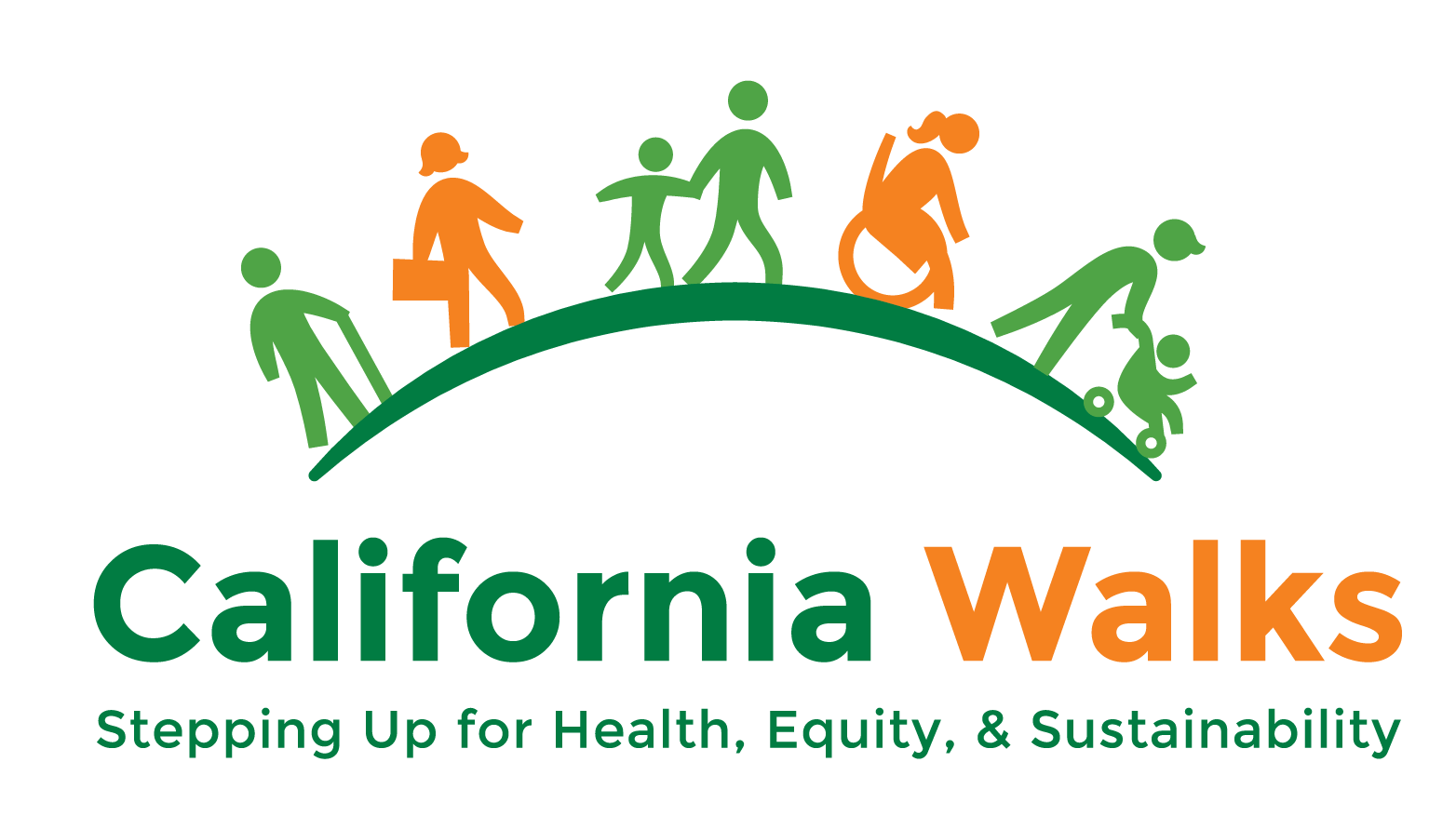San Jose is Still Moving
We were not prepared for a pandemic. Two weeks ago, when Santa Clara County sent out the order to shelter-in-place, we knew our lives were about to change drastically. By following what was happening around the world, we also knew how a worldwide pandemic would exacerbate the inequities already in place. In times of stability and emergencies, we are not prepared to care for the most disenfranchised communities. Even with the City of San Jose’s temporary ban on evictions to protect renters and a ban on sweeps of homeless encampments throughout the City, we are still seeing the burden of the pandemic fall disproportionately on older adults, minimum wage workers, essential workers, low-income families, and our neighbors experiencing houselessness. The aftermath of this pandemic will last for years to come.
I’ve spent the past few weeks thinking about the role of mobility in a world where most people stay inside. Right now, there are significantly fewer cars on the road across the Bay Area, leading to the best air quality we’ve had in a while. We see many more people walking and biking, all while keeping a safe distance from one another. Under the worst circumstances, I’m seeing San Jose without cars for the first time in my life. While some of this can feel exciting, it shouldn’t come at the cost of people’s lives. We shouldn’t have to wait for a global emergency to understand why building livable, thriving, and accessible communities can literally save lives. Traffic safety has been an ongoing public health crisis, and it won’t get any better in the face of a larger, more immediate public health crisis.
While a lot of us active transportation advocates have the privilege of working from home, or driving to get groceries and supplies, so many others still need to use public transportation to access essential services. People still need to get to work to feed their families. People still need to check-in on their elderly family members and friends to make sure they’re getting the supplies they need. VTA in San Jose has started offering free rides during the outbreak. However, light rail service was stopped after a light rail operator was confirmed to have COVID-19, and bus services have been reduced. If essential workers are still showing up for work and putting themselves and consequently their families at greater risk of exposure, we need to do a lot more to care and provide for them. As active transportation advocates, we need to hold our transit systems accountable to maintaining free, consistent service, while increasing sanitation and providing hand sanitizer to users that are on the go. Most importantly, we need to focus on solutions and plans that account for the overall health and wellbeing of those being hit the hardest by the pandemic.
While it’s difficult to navigate the uncertainty of these new experiences, and it can feel like there’s no definitive answers, there are clearer guidelines for how to move forward. At Walk San Jose, we are strategizing with statewide partners, and learning to adjust our work amid COVID-19. Ultimately, our collective actions to meet people’s basic needs, and our continued work in active transportation circles, is all working towards our collective long term goal to co-create communities where all people can live, and move safely within their communities, with confidence, dignity, and security. Here’s how we at Walk San Jose are keeping the work moving:
Advocating for equity in the City’s upcoming budget decisions. In March, Mayor Liccardo warned that COVID-19 may have heavy impacts on the City’s upcoming budget. Councilmembers Arenas, Carrasco, Esparza, and Peralez called for integrating an equity framework into decision-making processing to guide the equitable distribution of resources for neighborhood services. Councilmember Esparza said, “In the last recession, we didn’t really take equity into consideration when we made cuts. Moving forward we need to consider equity as we make those difficult decisions.” With difficult decisions ahead, we ask our City’s leaders to make good on their goals to integrate equity and racial justice into the City’s plans. Doing so will ensure that those suffering the most during the pandemic will be better taken care of in the future.
Meaningfully engaging with community members from a distance. We’re currently working with the Department of Transportation on adapting our Senior Pedestrian Safety outreach series into an online format. Since older adults are especially vulnerable with COVID-19, it’s more important than ever to find creative ways to connect, interact with, and care for our seniors.
Supporting Bay Area public transit. We need our public transit systems to function for those who rely on them to get around. We’re contacting our elected officials to ask for their support and staying up to date with Silicon Valley Transit Users on how VTA ridership and service is being impacted.
Exploring partnerships with groups and organizations in intersectional fields. Now more than ever, transportation advocates must work with and support advocates in pertinent fields including, housing, food security, immigration, labor, and education. Building those long-term partnerships will ensure we’re no longer working in silos and that each sector’s platforms support our community’s holistic health.
Tracking ongoing mutual aid networks in Santa Clara County. During these times, we have been inspired by active transportation organizations shifting their work to focus on peoples’ basic needs. We’re seeing communities rallying together to provide mutual aid within their own networks. These strategies are truly highlighting how much our current systems aren’t providing for the majority.
Contributing to collective joy and connection through our ‘A Good Wander’ series. You can share your stories and pictures from walks, bike rides, and solo adventures by tagging them with #WalkSJ and #JoyRideSV

